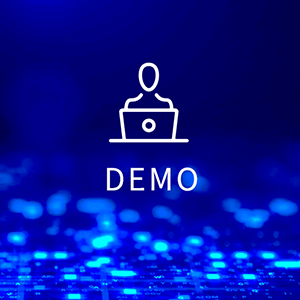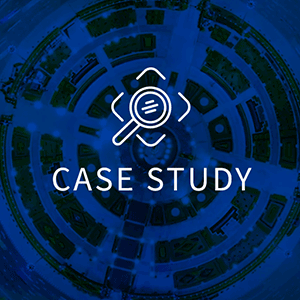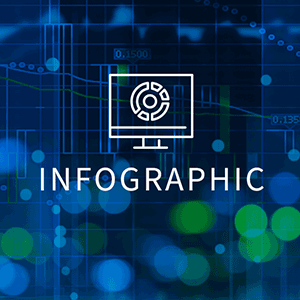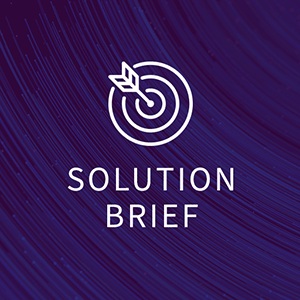FlexNet Manager for Engineering Applications (“FlexNet Manager”) is a software asset management tool used to manage concurrently licensed (sometimes called network or floating licenses) engineering and technical applications. In FlexNet Manager, there are a variety of reporting options. However, these reports all fall into one of 2 categories:
- Classic Reports. These are the original reports that came with FlexNet Manager, and are built completely by the tool itself
- Cognos Reports (Report Designer). These are additional reports that were added to offer advanced reporting, trend analysis and advanced graphics capabilities utilizing the IBM Cognos business intelligence (BI) tool that is provided as part of the on-premises FlexNet Manager solution
These two types of reporting are done very differently in FlexNet Manager, and offer various advantages to the user. Let’s look at each of these report types in more detail, and then compare them.
First, let’s take a look at the Classic Reports. The Classic Reports contain the following report types:
- Summary Reports
- Usage over Time
- High Water Mark
- Summary Bar Chart
- Usage Efficiency
- Usage Summary
- Peak Usage and Denial
- Unique User
- Server Reports
- Server Coverage
- Raw Report
The Classic Reports are available to the user in a variety of output formats, including RIF, HTML, Text, JPEG/HTML, PNG/HTML. These formats are dependent upon which report you are running—refer to the FlexNet Manager documentation for details on which reports offer which output formats.
As you can see, the Classic Reports offer general summary views of concurrent license usage. They offer a variety of these views, and can be run directly from the FlexNet Manager tool. Classic reports can be scheduled to run over night, depending on the size of your concurrent license usage data.
Now let’s look at Cognos Reports, also called Report Designer. Report Designer was introduced to give users access to data more interactively, as well as support the ability to view data by organizational structure. Report Designer requires its own database, so that it can create reports quickly as well as integrate the organizational information. This database is called the Data Warehouse, and the data gets populated here in a process called Data Aggregation. This process can include importing organizational structure, as well as usage data.
Once the Data Warehouse has been populated, many pre-defined reports as well as custom reports can be run. The pre-defined reports fall into the following categories:
- Feature-Based Reports
- Product-Based Reports
- Tier-Based Usage Reports
- Token-Based Usage Reports
As you can see, these reports allow more detail than Classic Reports. Data can be viewed at the Feature, Product, and Tier level; reporting for Token-based usage (for example, to report on Cadence Design Systems token based licenses) is also provided. Report Designer allows for drill down of the data, as well as defining custom reports.
IT Asset Management
It all starts with knowing what’s in your IT ecosystem. Flexera One discovers even the most elusive assets whether on-prem, SaaS, cloud, containers and more.
Comparing the two types of reports, we see that the Classic Reports give us an excellent high-level view of our overall usage across the enterprise. The pre-defined report types give a variety of information, and the Raw Report allows the user to export the data for further analysis in another tool such as Excel. Classic Reports can be run directly from FlexNet Manager, and can be scheduled to run on a regular basis.
Cognos Reports, built with Report Designer, require an extra step to build a new data model. But once built, these reports can be run interactively, and allow users to drill down into data to see more detail. Custom reports can be built and saved. Insight into usage across the organization can allow for increased optimization of licenses. Reports can be exported to create presentation materials.
If you would like more details on either of these report types, please look at the FlexNet Manager for Engineering Applications documentation. There is a lot of detail on how to work with each type of report.







